Stargazing New Zealand is on many travelers’ wish lists, and for good reason. The southern skies here are crisp, the Milky Way arches dramatically across the horizon, and genuine dark sky sanctuaries offer some of the clearest views you can find. While Lake Tekapo and Mount John are rightly famous, stargazing New Zealand also means seeking out quieter, lesser-known places where light pollution is almost non existent and the night feels vast.
Quick facts every night-sky seeker should know
Before planning a trip focused on stargazing New Zealand, it helps to understand a few fundamentals. New Zealand hosts three official international dark sky sanctuaries and a string of other excellent locations that are easy to reach or worth a little extra effort. The southern hemisphere position gives unique views of constellations and the Milky Way center that aren’t visible from the north.
- Best months: March through October. Cooler air and crisper nights usually mean better clarity.
- Moon phase: New moon plus or minus three days gives the darkest skies; a full moon is spectacular but washes out fainter stars.
- Weather: Clear skies are everything. Build flexibility into any stargazing New Zealand plan.
Use these three points to pick dates and locations. If you aim for stargazing New Zealand during the window above and time your trip around a new moon, you’ll dramatically improve your chances of an unforgettable sky show.
🚗 Compare Quality Rental Car at Affordable Prices+ 🚐 Wide Range of Motorhomes & Campervans
Mackenzie Country: Lake Tekapo and Mount Cook — the classic stargazing New Zealand destination
The Mackenzie region is probably the first place people think of when they consider stargazing New Zealand. It sits conveniently between Christchurch and Queenstown, making it an easy stop on a South Island road trip. The landscape—wide tussock plains, sharp mountain silhouettes, and large clear lakes—helps keep artificial light to a minimum.
There are three main ways to experience the night sky here. The summit experience takes you up near the Mount John Observatory for an immersive late-night session that sometimes runs from around 11 pm into the early hours. The crater experience is a night tour that departs from the village and places you in an ideal viewing bowl. The dark sky experience is a daytime-friendly option located in the village for families or those who prefer shorter outings.
For people wanting a smaller-scale outing, several operators in Lake Tekapo run intimate tours with portable telescopes and local guides. Many accommodations around Tekapo also organize or have access to tours, so check when you book. Staying a little bit outside the village—think cottages near Twizel or the Pukaki area—lets you do casual stargazing right from your door. These quieter, private spots are part of why stargazing New Zealand can feel so personal.
Where to stay in Mackenzie for the best skies
Accommodations like Mount Cook Retreat at Lake Pukaki or nightsky cottages around Twizel are designed to leverage the low light pollution. If you want a one-stop stargazing New Zealand experience, pick a place that offers on-site viewing or has a relationship with local tour operators.
North Island dark corners: Great Barrier Island, Tongariro and Wairarapa
Stargazing New Zealand isn’t only a South Island story. The North Island has pockets of surprisingly pristine dark sky locations if you know where to look.
Great Barrier Island
Just a short flight or a longer ferry trip from Auckland, Great Barrier Island is remote enough to be nearly free of light intrusion. Operators like Good Heavens run night sky tours here, and the island is best experienced over multiple nights to combine daytime walks, secluded bays, and after-dark sky sessions. If your itinerary allows, this is one of the most atmospheric places for stargazing New Zealand in Auckland’s region.
Tongariro National Park
The central North Island’s volcanic plateau also produces excellent night skies. Stay in an isolated nightsky cottage near Tongariro National Park and you can pair daytime hikes across dramatic volcanic terrain with evening stargazing New Zealand sessions. Because these cottages sit outside the main villages, the skies are dark and the Milky Way easily visible on a clear night.
Wairarapa (near Wellington)
About two hours north of Wellington, Wairarapa is officially recognized for its night sky quality. Local operators run guided stargazing New Zealand tours that include telescope viewing and expert commentary. Wairarapa is a great option for travelers based in Wellington who want to add a genuine dark sky experience without flying south.
Sleep under the heavens: unique accommodation options
A special element of stargazing New Zealand is the accommodation designed to showcase the sky. One of the most striking examples is the PurePod system—tiny, glass-surrounded pods placed far from villages so you can lie down and watch the stars through a glass roof.
PurePods and nightsky cottages offer a different kind of stargazing New Zealand experience: you wake up and the sky is literally above you. These stays are especially good for those who want a private, comfortable way to soak in the night without a late-night tour. Many such accommodations exist across both islands, each offering a similar glassed design and a strong sense of remoteness.
South Island gems beyond Mackenzie
The South Island is rich with options. Along the east coast, Kaikōura is known for whale watching by day and surprisingly good stargazing New Zealand opportunities by night thanks to low nearby light pollution. Operators here occasionally combine marine wildlife experiences with evening sky sessions for a full-sensory trip.
Smaller towns and rural areas across Otago and Canterbury, including places like Dunedin and Geraldine, often have local guides who will run sky tours. If you are staying in these regions, ask your accommodation about signing up with a local astronomer or outfit that hosts small-group viewings.
Glenorchy and Queenstown region
Glenorchy, an hour from Queenstown, is another excellent place for stargazing New Zealand. It pairs easily with adventure activities like hikes on the Routeburn Track or river safaris, so you can build a balanced itinerary with daytime thrills and evening star sessions. Weather permitting, the clear inland valleys make for excellent viewing.
Stewart Island: deep south, deep skies
For people genuinely chasing remote skies, Stewart Island often comes top of the list. Accessible by a short flight from Invercargill or a ferry from Bluff, the island is a bird and wilderness sanctuary where light pollution is almost non-existent.
Staying multiple nights here gives you the best mix of daytime walks, bird watching—kiwi spotting at night is a highlight—and uncrowded stargazing New Zealand sessions. This is one of the few places where the star-filled sky really feels like it belongs to you and the wildlife.
Practical tips to maximize your stargazing New Zealand experience
Good preparation makes the difference between a frustrating, cloudy night and one you’ll remember for years. The following checklist is useful whether you plan to visit a dark sky sanctuary or a remote cottage.
- Check moon phases: Aim for a new moon or at least avoid the bright full moon if your goal is to see faint stars and the Milky Way.
- Watch the weather: Clear skies are essential. Book a flexible itinerary or include buffer nights at each location to increase your odds.
- Book early: Popular tours, notably summit experiences at observatories, fill quickly, especially over summer and peak travel months.
- Dress warmly: Nights can be chilly even in summer. Layer up with a warm jacket, hat, and gloves.
- Use red light: If you need a torch, use red-filtered light to preserve night vision and avoid spoiling the experience for others.
- Bring binoculars or a small telescope: Tours usually provide equipment, but personal optics let you linger longer on particular objects.
How to weave stargazing New Zealand into your itinerary
Stargazing New Zealand can slot into many trip styles: road trips, place-based stays, or multi-island itineraries. Here are a few practical approaches.
- Road trip model: Plan overnight stays in regions known for dark skies—Mackenzie Country, Glenorchy, Kaikōura, and Stewart Island—and allocate at least two nights per key stop to allow for a clear night.
- Base-and-explore model: Choose a single base with great accommodation options that emphasize night-sky views and use it as your home for several days. PurePods and nightsky cottages work perfectly for this approach.
- Island focus: For a compact but rich experience, spend several nights on Great Barrier Island or Stewart Island to combine landscape and sky without frequent transfers.
Whatever model you choose, balance daytime activities with evening flexibility. If you have a two-night window at any location you increase the chance of catching a clear night for stargazing New Zealand.
What to expect from guided stargazing experiences
Guided tours typically include telescope viewing, expert commentary about southern constellations and deep-sky objects, and local context about how light pollution is managed. Longer night tours that go up to observatories may start late and extend past midnight, which is when the sky often becomes most impressive.
Shorter sessions in village locations are family-friendly and offer a taste of the sky without the late hours. No matter the format, a knowledgeable guide elevates the night by pointing out targeted features like the Magellanic Clouds, the Southern Cross, or distant nebulae.
Final thoughts and next steps
Stargazing New Zealand is more than a single destination; it is a theme you can thread through many different travel styles. From the internationally recognized sanctuaries of Mackenzie Country to off-grid islands and glass-roofed pods, the country offers a wide range of options to match your comfort level and schedule.
If you are planning dates, aim for the March to October window and target a new moon. Build flexibility into the schedule, pack warmly, and consider at least two nights in each dark-sky location to boost your chances of a perfect night. With a little planning, stargazing New Zealand can become the highlight of a trip—quiet, humbling, and utterly memorable.
Additional Travel Resources for a New Zealand Itinerary:
To further enhance your trip, here are some valuable resources:
- Selection of Value for Money Rental Cars 🚗 – Click here.
- Wide Selection of Camper & Motorhomes 🚐 – Click here.
- Download the 100% FREE NZ Travel Planning Sheet here
- Watch our NZ Travel Planning Playlist on YouTube here
- Review our NZ Sample Travel Itineraries on YouTube here
- Check out our NZ Road Trips Playlist for route inspiration here
- Visit key NZ Travel locations on our playlist here
- Explore our NZ Must Do & See Playlist here
Self-drive Road Trips:








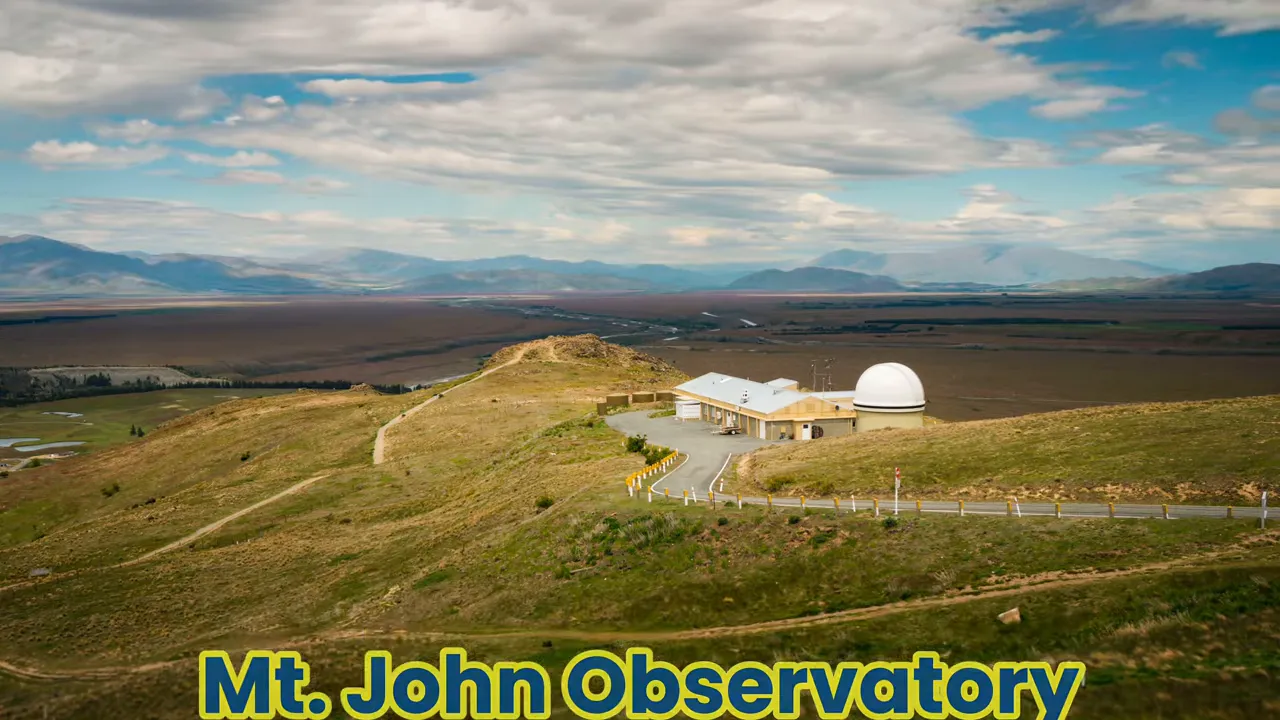
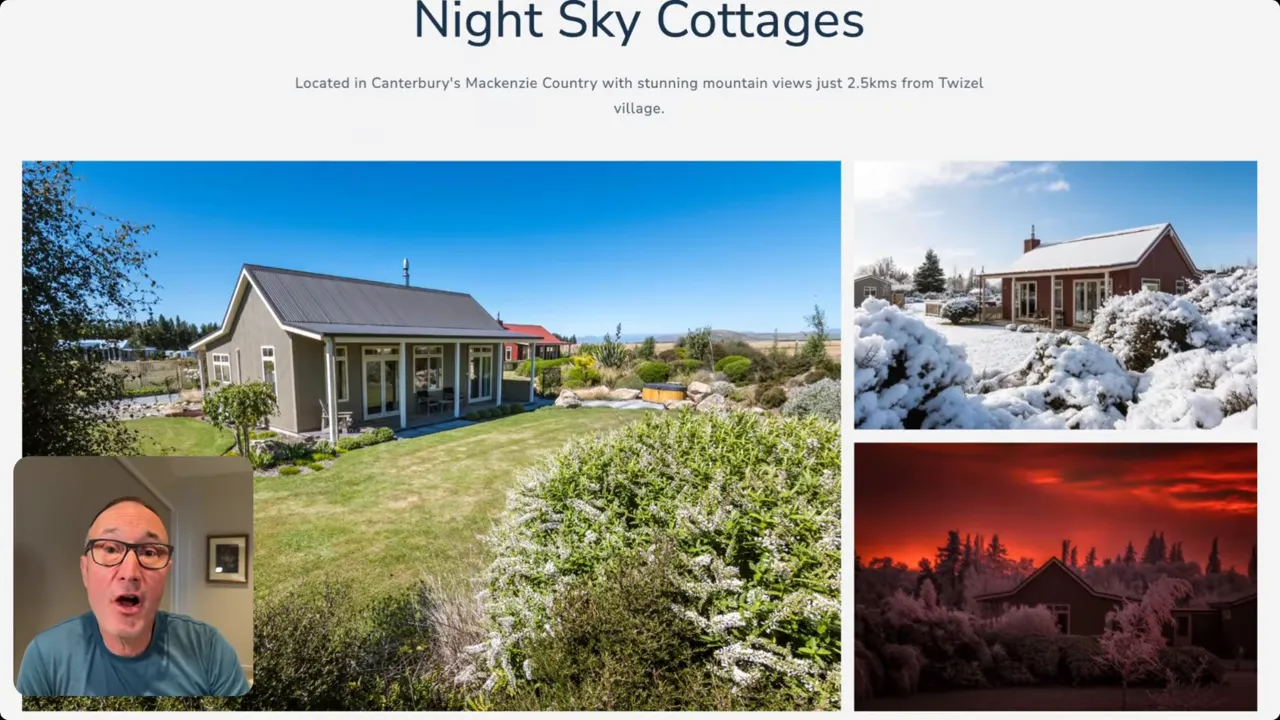
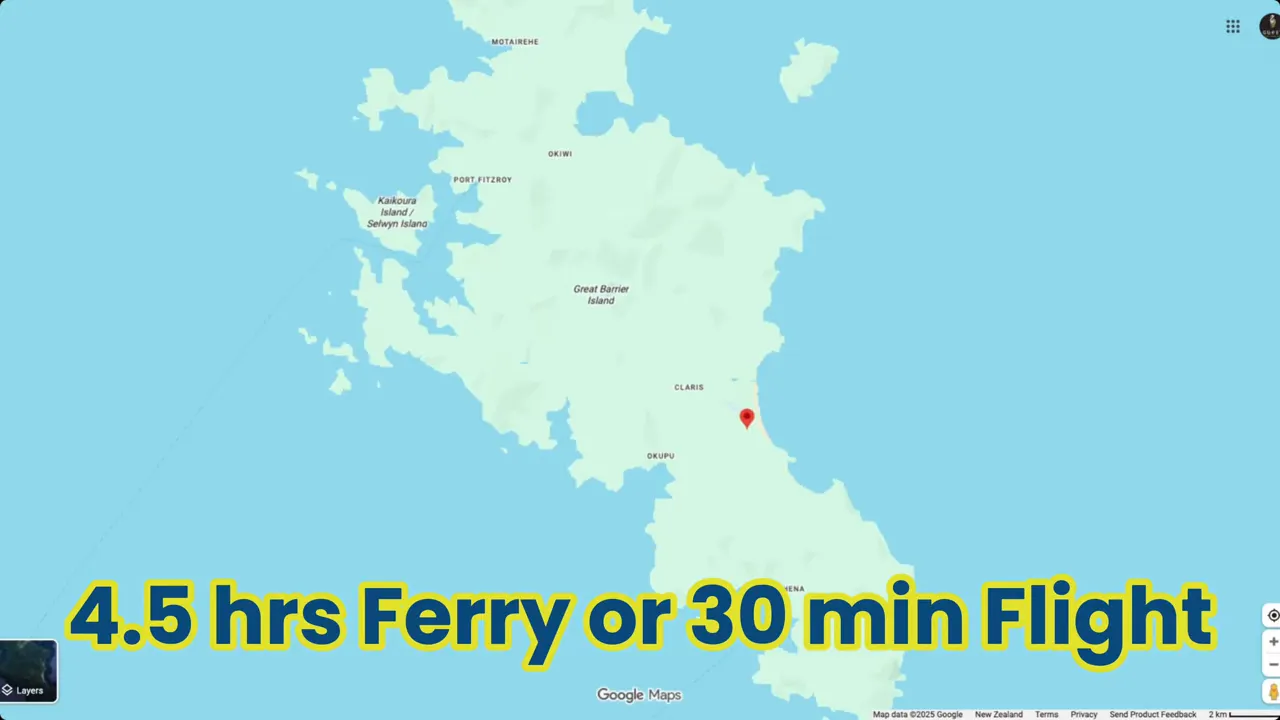


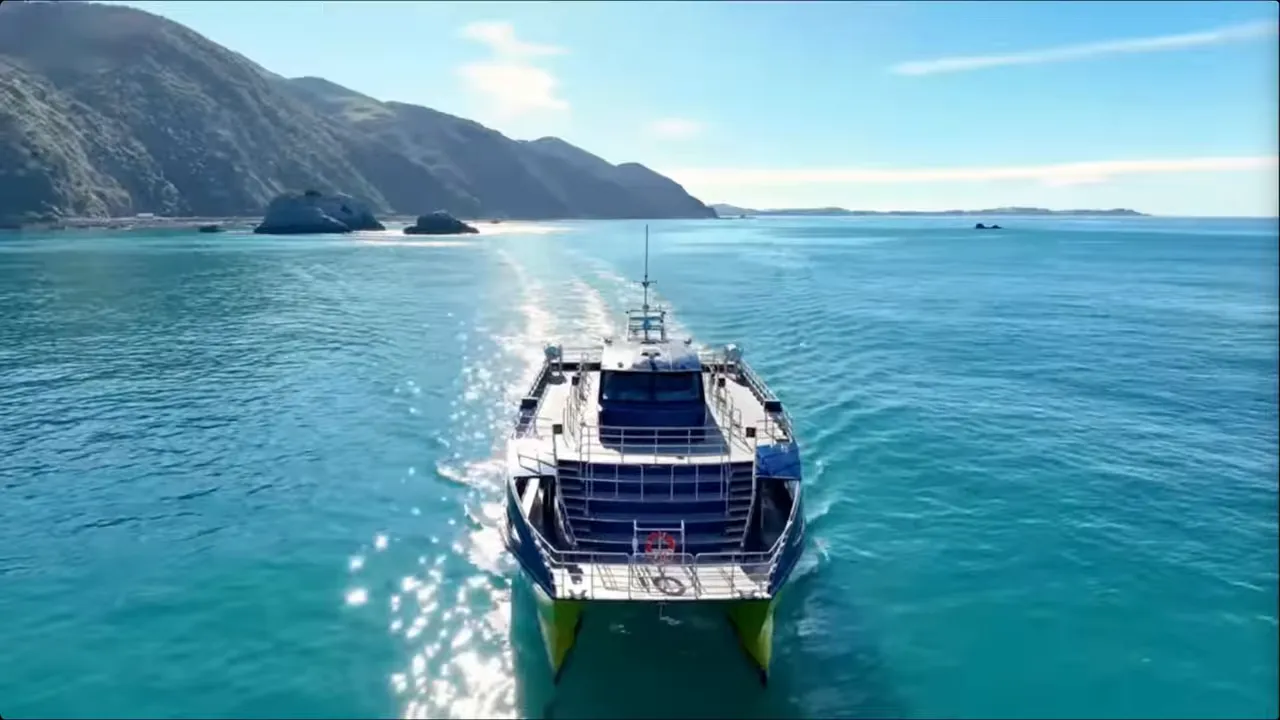


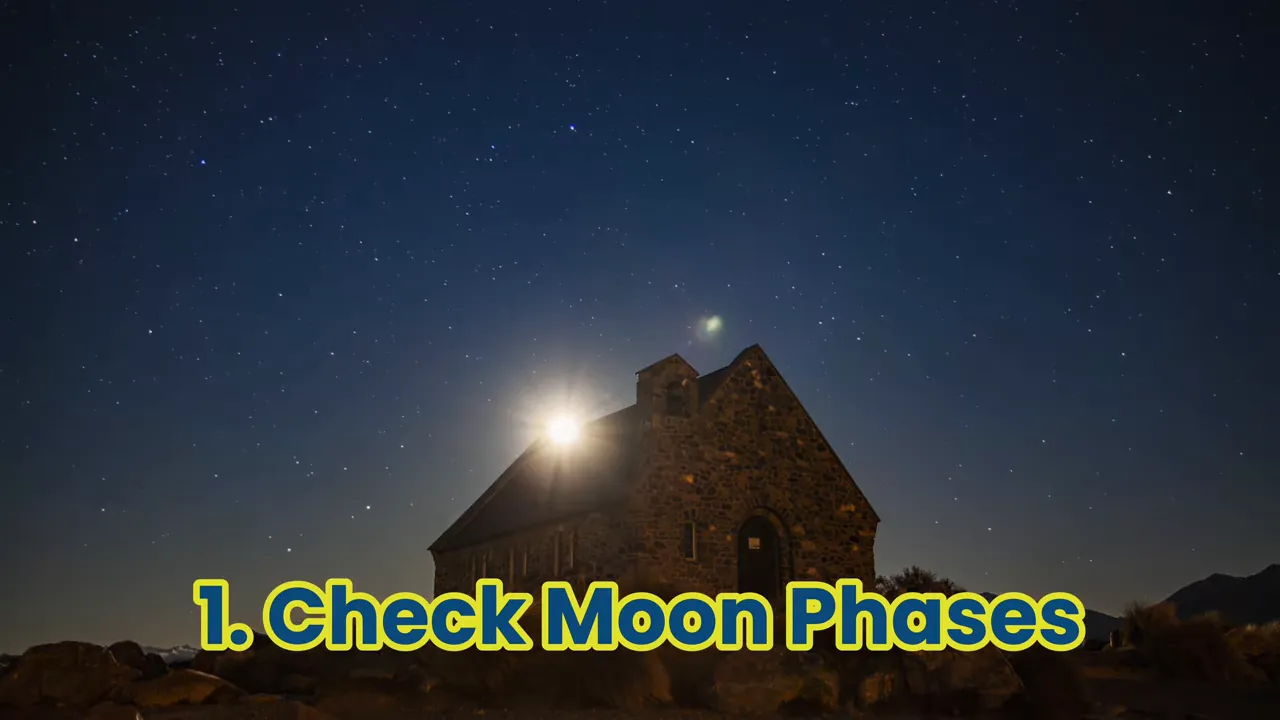
Leave a Reply